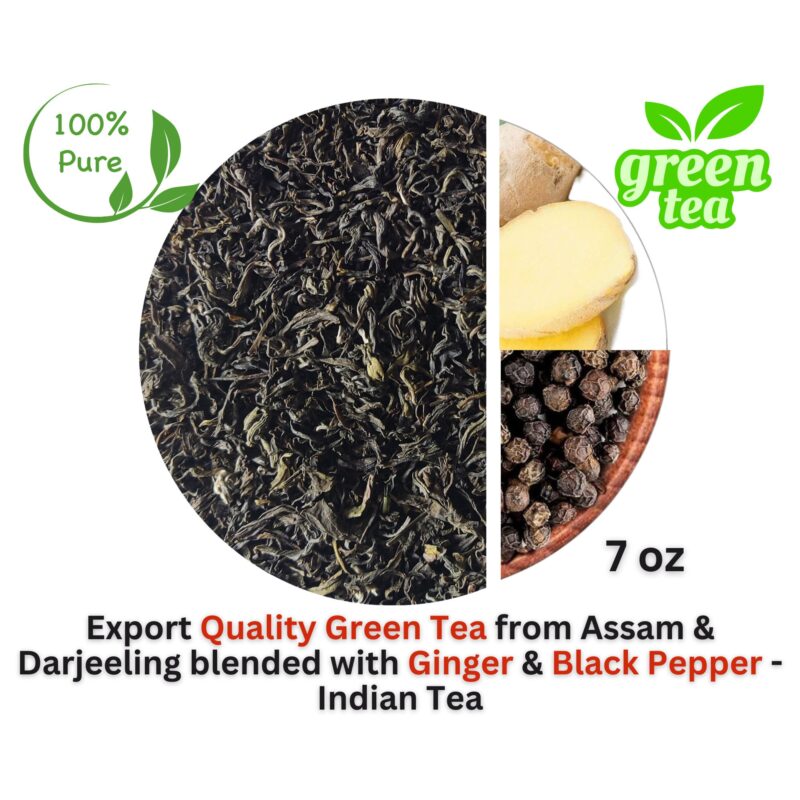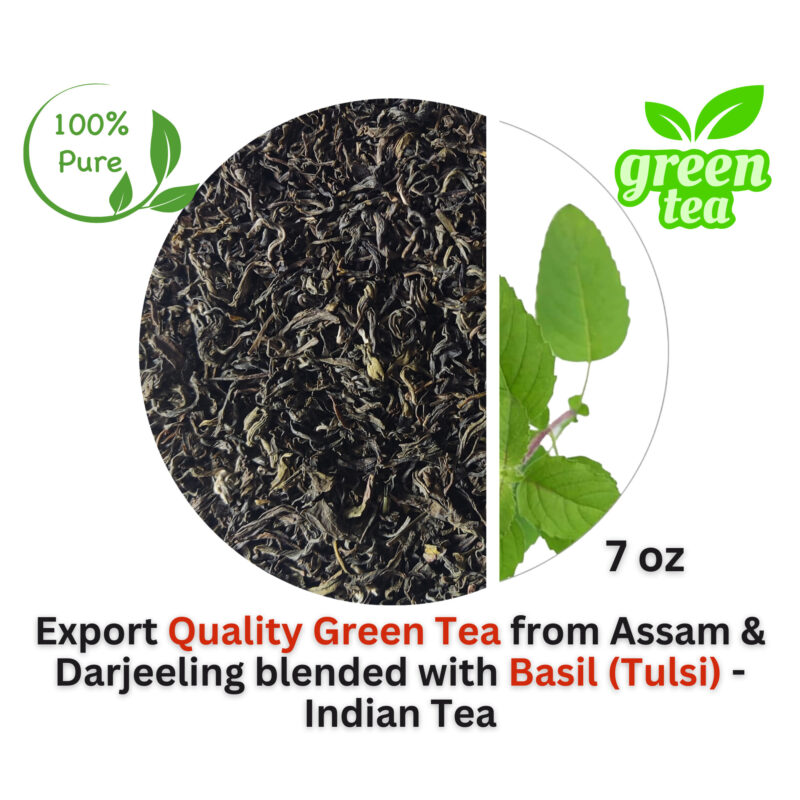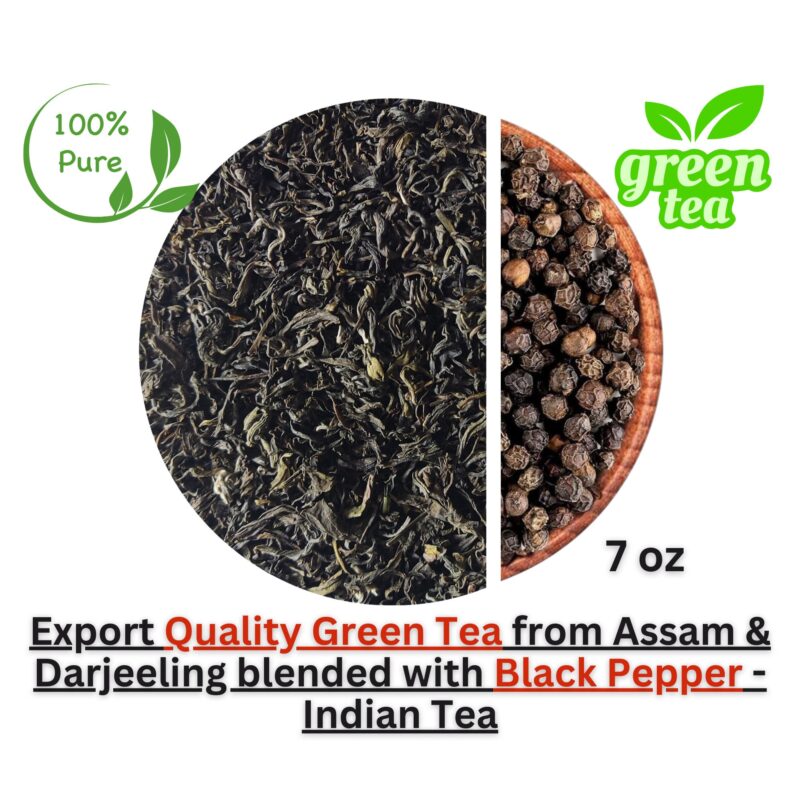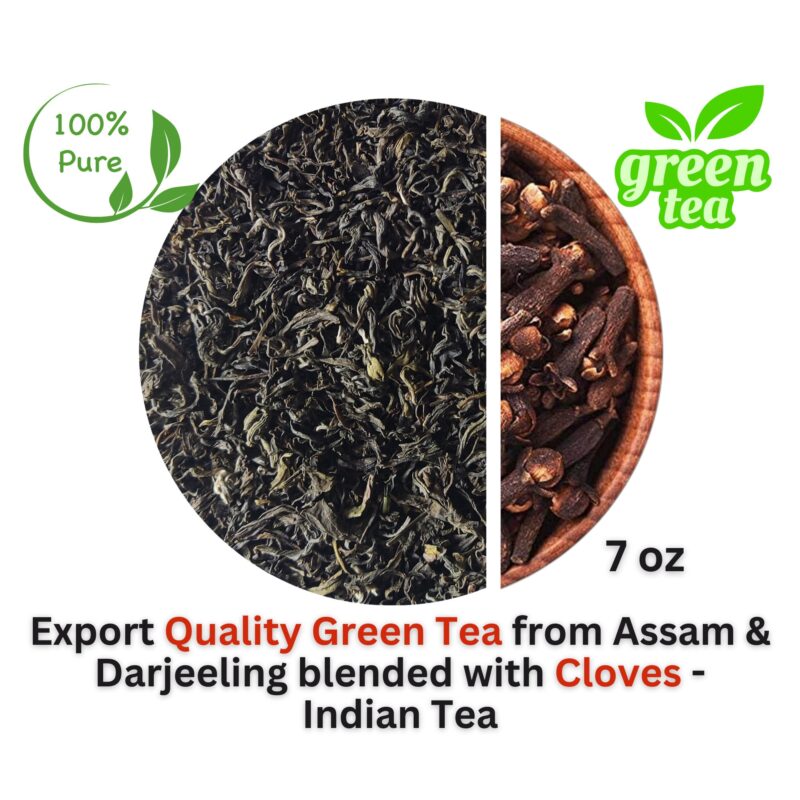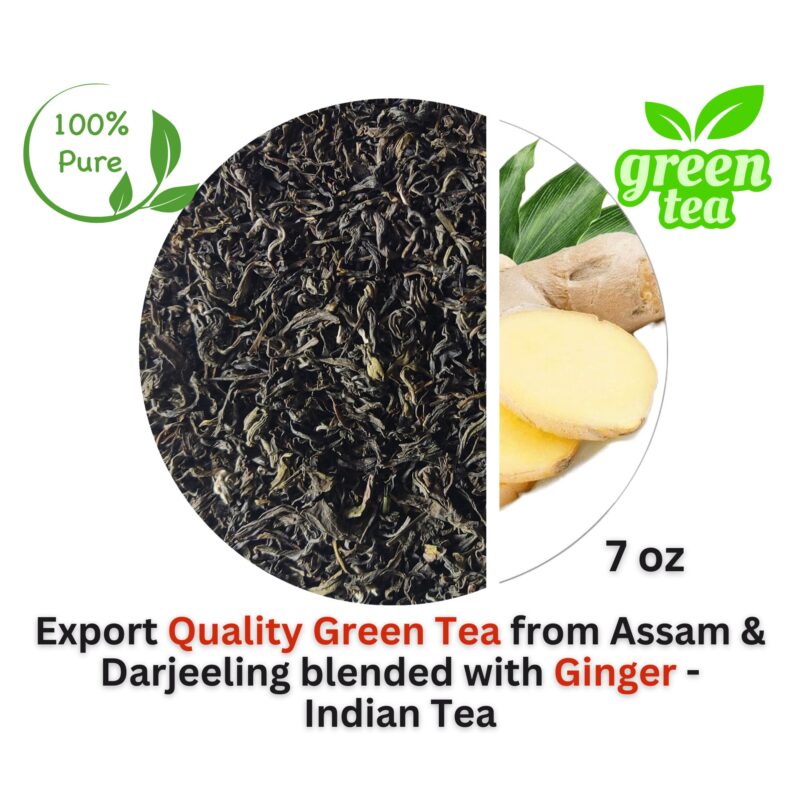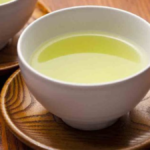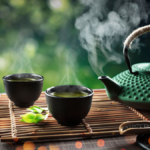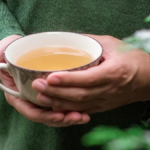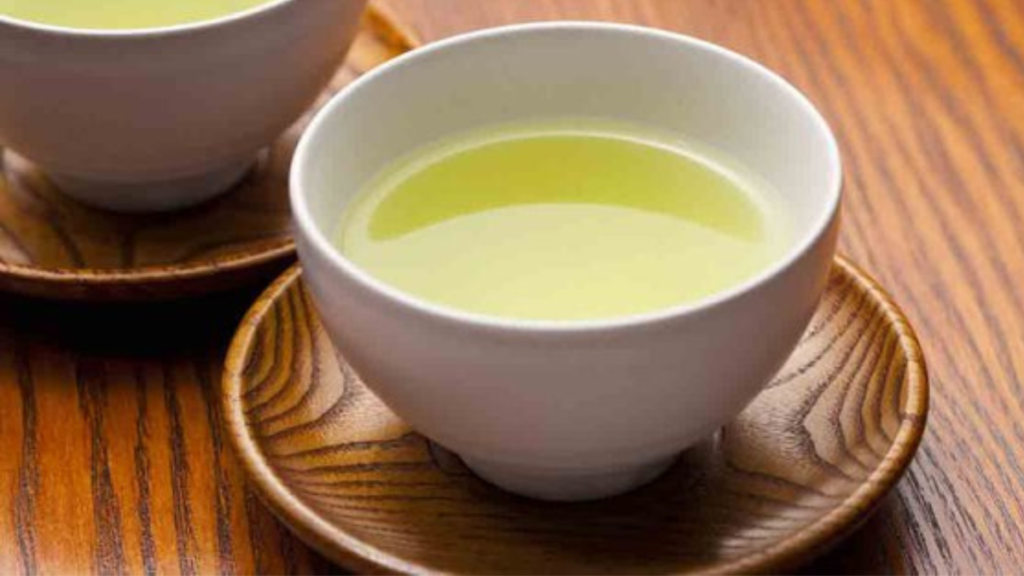
The Color Conundrum: Is Green Tea Really Green?

Introduction
Green tea, celebrated for its health benefits and distinct flavor, often leaves people pondering a common question: “Is green tea truly green in color?” In this blog, we’ll explore the nuances of green tea’s color, its variations, and the factors that influence its appearance.
Table of Contents
The Spectrum of Green Tea Colors
Green tea is predominantly green, but the exact shade can vary widely. This variation arises from several factors, including the type of green tea, the processing method, and the region in which the tea is grown. Here are some key points to consider:
- Raw Green Color: When green tea leaves are harvested and processed without oxidation (as is common in green tea production), they maintain a fresh, green hue. The leaves are steamed or pan-fried to halt oxidation, preserving their natural color.
- Japanese vs. Chinese Green Tea: Japanese and Chinese green teas often have different shades of green. Japanese green teas, such as sencha and matcha, are typically bright and vibrant green due to their steaming process. Chinese green teas, like Longjing (Dragon Well), have a milder, yellow-green color as they are roasted in a pan.
- Oxidation Levels: While green tea is known for minimal oxidation, there are exceptions. Some types, like houjicha and kamairicha, undergo light roasting, which can impart a brownish or reddish tint.
- Aging: Green tea can mellow and darken slightly with age. This aging process can cause a shift from vibrant green to a more muted shade.
- Additions: Some green teas are blended with herbs, flowers, or fruits, which can alter the color and appearance. For instance, jasmine green tea may have blossoms mixed in, adding a touch of white to the blend.
Understanding the Color Gradations
Green tea’s color variations often fall within a spectrum that includes:
- Emerald Green: Many fresh, high-quality green teas, especially those from Japan, exhibit a brilliant, emerald green color. This is often the image that comes to mind when people think of green tea.
- Yellow-Green: A slightly less intense shade, yellow-green, is common in Chinese green teas like Dragon Well. This color comes from the pan-frying process that halts oxidation.
- Olive Green: Teas like houjicha can possess an olive green tint due to light roasting. The color might be deeper, but the tea still retains its green character.
- Brownish-Green: Occasionally, aging and oxidation can lead to green tea leaves taking on a brownish tint, signaling a shift in flavor.
Conclusion
So, is green tea green in color? The answer is generally yes, but the precise shade of green can vary significantly based on multiple factors. These variations are part of what makes green tea fascinating and diverse. Whether you’re sipping a vibrant Japanese sencha or a mellower Chinese Longjing, the color of green tea is just one element of the overall tea experience. Embrace the spectrum of green tea colors, and let it be a visual cue to the world of flavors and aromas that this beloved beverage has to offer.
